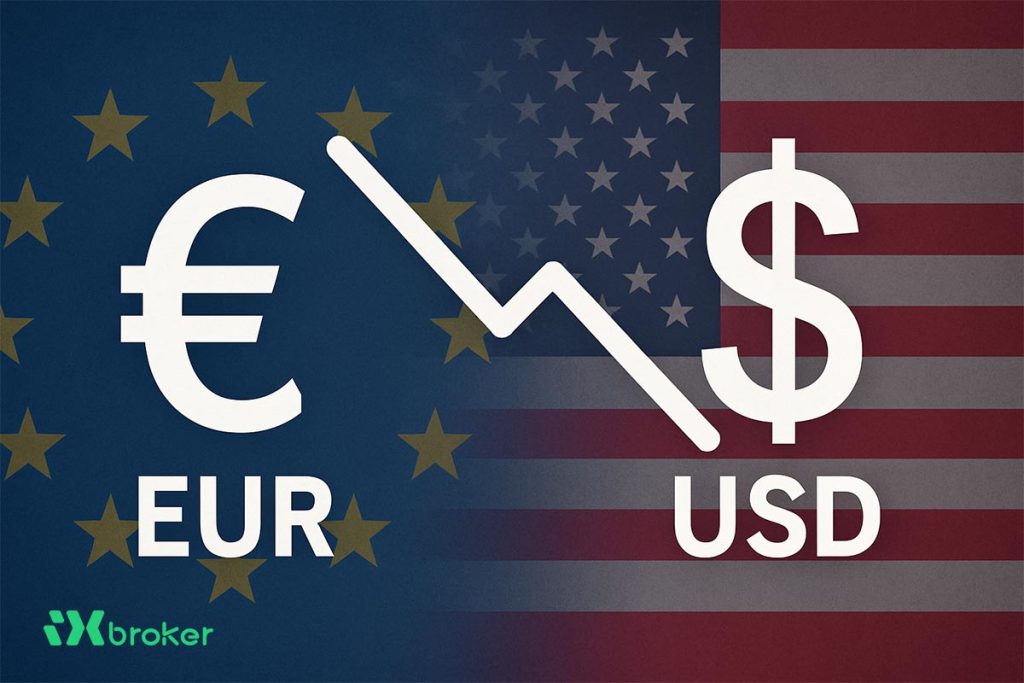Federal Reserve (Fed) Bank of St. Louis President Alberto Musalem delivered remarks on the US economy and monetary policy during a fireside chat hosted by the Springfield Area Chamber of Commerce and public policy leaders on Friday.
Musalem emphasized that inflation remains elevated and the labor market is beginning to show early signs of weakness. He underscored that the Fed’s balanced approach to policymaking is only effective if inflation expectations remain well anchored.
Musalem sees risks on both sides of the economic outlook
Musalem noted that the Fed’s dual mandate goals—price stability and maximum employment—are currently “in tension.” He highlighted that inflation expectations for the next two years remain “a little elevated” and cautioned that if these expectations become unanchored, the central bank’s ability to respond flexibly to labor market changes would be limited.
While inflation remains “materially above target,” Musalem estimated that only about 10% of current price pressures stem from tariffs, adding that their impact should fade by the second half of 2026. He expects the labor market to soften “in an orderly way,” though he acknowledged “material risks” to the baseline outlook, with inflation potentially rising further and employment conditions weakening more than expected.
Economic growth and policy outlook
Musalem said US GDP growth is likely to remain close to potential for the full year, with a “healthy” fourth quarter anticipated. Despite these relatively solid fundamentals, he warned that monetary policy should “continue to lean against inflation,” given the persistent risk that price pressures could reaccelerate.
He also stressed that there is “limited room for more easing before policy becomes overly accommodative,” though he remains “open-minded” to a potential additional rate cut as “further insurance” if conditions deteriorate.
Key takeaways
- Fed’s goals of price stability and maximum employment remain in tension
- Inflation expectations slightly elevated for the next two years
- Only 10% of current inflation attributed to tariffs, which should fade by mid-2026
- Labor market expected to weaken modestly but in an orderly manner
- Monetary policy should stay restrictive to prevent reacceleration in inflation
- Limited room for further easing, though an additional rate cut remains possible if needed
Musalem concluded by noting that financial conditions remain “accommodative,” suggesting that the current stance still provides some flexibility for the Fed as it navigates a complex policy environment.




